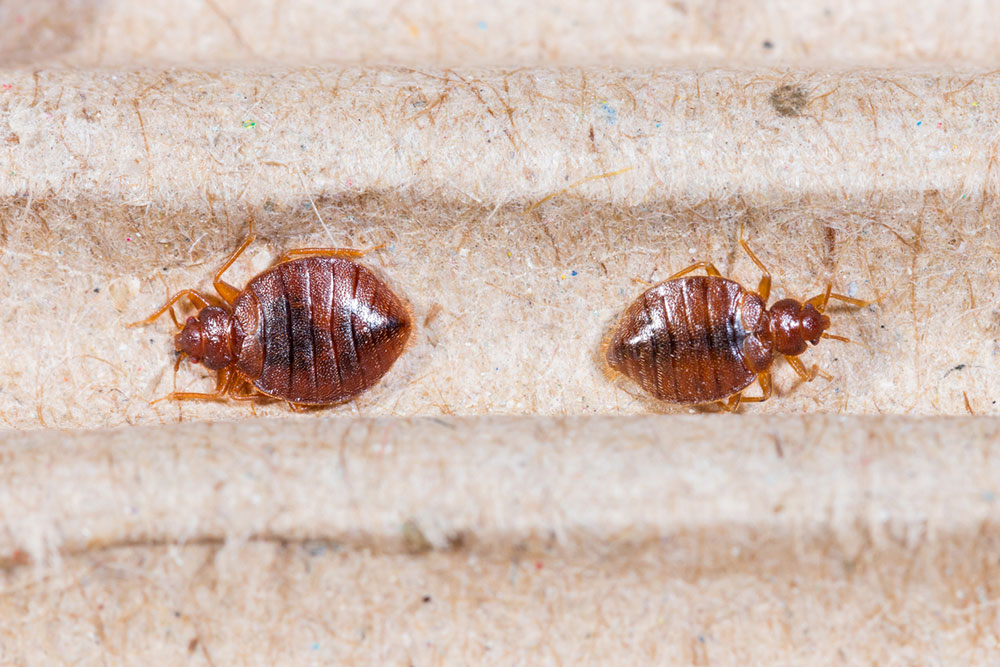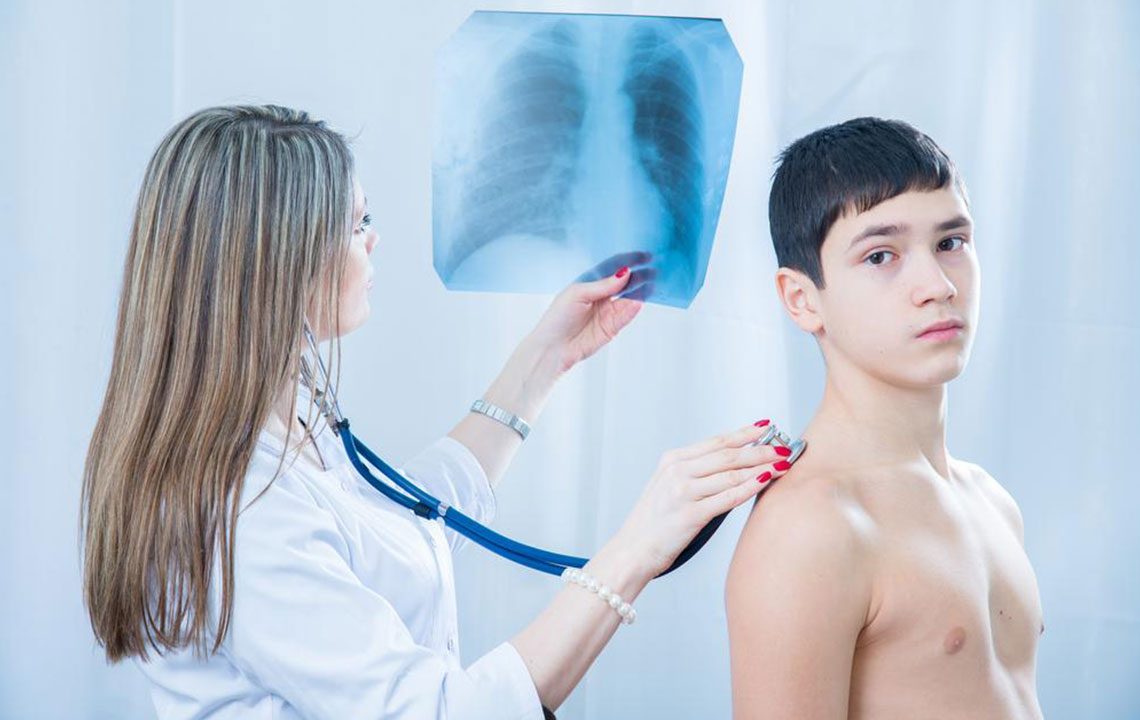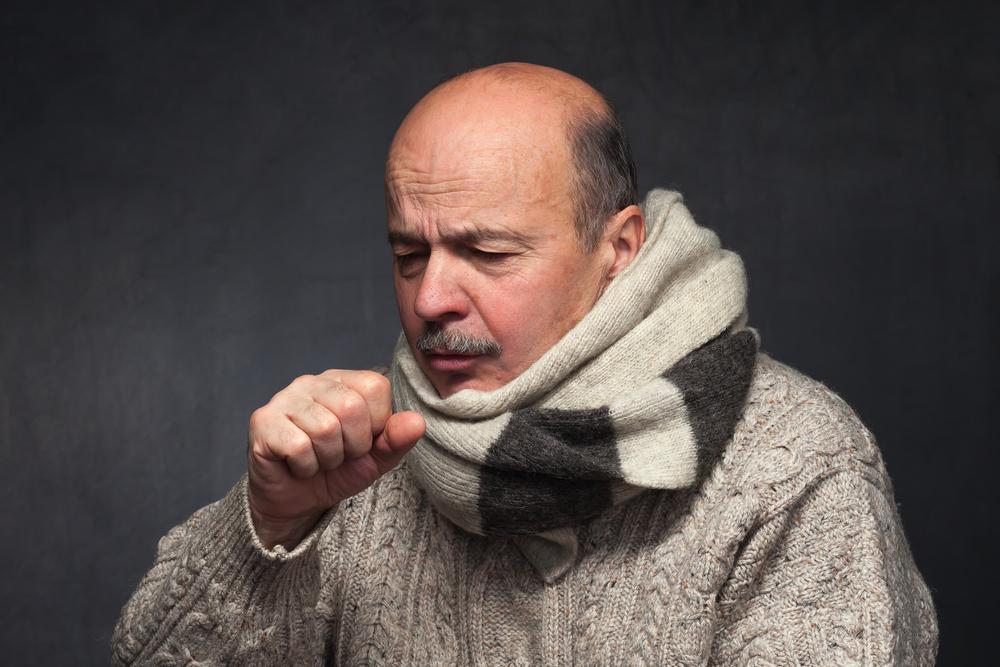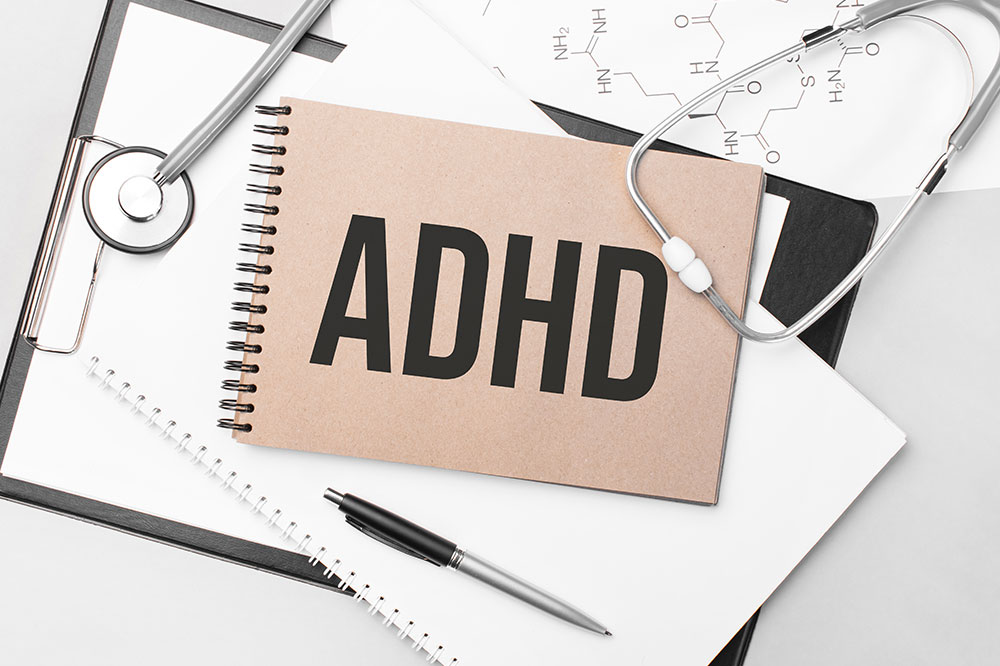Comprehensive Guide to Identifying and Managing Bed Bug Bites
This comprehensive guide offers detailed information on identifying bed bug bites, recognizing infestation signs, and effective treatment methods. Learn essential tips for early detection, symptom management, and professional pest control to eliminate bed bugs and protect your health. The article emphasizes preventive measures and home remedies to provide relief and ensure a pest-free living environment for homeowners and renters alike.

How to Recognize and Effectively Treat Bed Bug Bites
Bed bugs are tiny, elusive parasites that pose a significant nuisance in households worldwide. These pests are notorious for invading beds, furniture, clothing, and other household textiles, making infestations challenging to detect and eliminate. Their presence often results in uncomfortable bites on humans, especially during sleep, leading to itching, skin irritation, and potential secondary infections if not properly managed. Understanding how to identify bed bug bites, recognize other signs of infestation, and implement effective treatment strategies is essential for homeowners and renters alike.
In-depth knowledge about these pests and their bites can help you prevent extensive infestations, safeguard your health, and restore comfort to your living environment. This comprehensive guide covers everything from distinguishing bed bug bites from other insect bites to home remedies, and emphasizes the importance of professional pest control services for thorough eradication.
What Do Bed Bug Bites Look Like?
Many individuals may not immediately notice a bite or reaction, but certain characteristic signs can help identify bed bug bites. The appearance of bites can vary based on individual sensitivity, the number of bites, and the stage of the infestation. Common visual symptoms include:
Itchy, raised bumps often surrounded by redness
Bites occurring in clusters or groups, forming small patches or lines
Linear or zigzag patterns where multiple bites align
Hives, blisters, or inflamed skin at the bite sites
Flat or swollen patches that may become inflamed or infected from scratching
Shedding of the skin by nymphs as they grow and molt
Typically, bites are found on exposed skin areas such as the arms, legs, neck, and face. However, the exact appearance can vary, and some people may experience minimal or no visible reactions, complicating detection.
Recognizing the Symptoms of Bed Bug Bites
While initial bites might not cause immediate discomfort, itching usually develops within a day or two. The affected skin can burn, tingle, or become sore. Persistent scratching often leads to skin infections, redness, swelling, or open sores. It's important to note that many people do not feel the bites during the actual feeding because bed bugs release an anesthetic that numbs the skin, preventing pain during feeding.
In rare cases, individuals may experience more severe allergic reactions, including fever, nausea, difficulty breathing, blistering, swelling of the tongue, or irregular heartbeat. Such symptoms require urgent medical attention. Recognizing these signs early and consulting healthcare professionals is crucial to manage allergic reactions effectively.
How to Detect a Bed Bug Infestation
Identifying an infestation early is vital to controlling its spread. Common signs include:
Presence of rust-colored stains on bedding, caused by crushed bed bugs or their feces
Small shed skins or molted exoskeletons on mattresses, sheets, or furniture
Eggs and eggshells—tiny, white, and oval-shaped—found in hidden areas
A distinct musty odor that emanates from a heavily infested area
Visible bed bugs hiding in cracks, seams, behind headboards, or under furniture
Thorough inspections should focus on areas like beneath mattresses, inside box springs, behind wallpaper, inside furniture cushions, and wall frames. If these signs are observed, timely professional intervention is essential to eliminate the pests completely and prevent further health issues.
Effective Treatments for Bed Bug Bites and Infestation Control
Managing bed bug bites begins with proper care of the affected skin. Cleaning the bites gently with soap and water reduces the risk of infection. Over-the-counter remedies like hydrocortisone creams can alleviate itching and inflammation. Oral antihistamines are also effective in controlling allergic reactions and reducing discomfort.
Typically, bites resolve within one to two weeks without complications. However, persistent or worsening symptoms, signs of infection, or severe allergic reactions should prompt immediate medical consultation. Treatments may include antibiotics for infected bites or corticosteroid injections for severe allergic responses.
Home remedies can offer additional relief, such as applying cold packs to reduce swelling and itching, taking oatmeal baths to soothe irritated skin, or using a baking soda paste to calm inflammation. Nonetheless, these measures only address symptom relief and do not eliminate the infestation.
The most critical step in controlling bed bugs is to engage professional pest control services. DIY methods often fail due to the pests’ ability to hide in hard-to-reach places, and incomplete eradication leads to recurrent bites and prolonged problems. Licensed pest exterminators utilize specialized techniques, including heat treatments, chemical applications, and proactive inspections, to ensure complete removal.
Preventive Measures and Long-term Management
Prevention is key to avoiding bed bug infestations. Regular inspection of bedding, luggage, and furniture, especially after traveling, can help detect early signs. Using protective mattress encasements and sealing cracks and crevices can block hiding spots. Reducing clutter around sleeping areas minimizes hiding options for bed bugs.
In the case of an existing infestation, prompt professional intervention is indispensable. Follow-up inspections and treatments ensure that all life stages of bed bugs are eradicated. Educating household members about identification and prevention methods reduces the risk of reinfestation. Maintaining a clean and clutter-free environment also discourages bed bugs from establishing themselves.
In conclusion, understanding how to identify bed bug bites, recognize infestation signs, and seek professional help is crucial in managing these pests effectively. While home remedies provide temporary relief, comprehensive eradication requires expert treatment. Staying vigilant and proactive can help homeowners protect their health and enjoy a bedbug-free living space.





